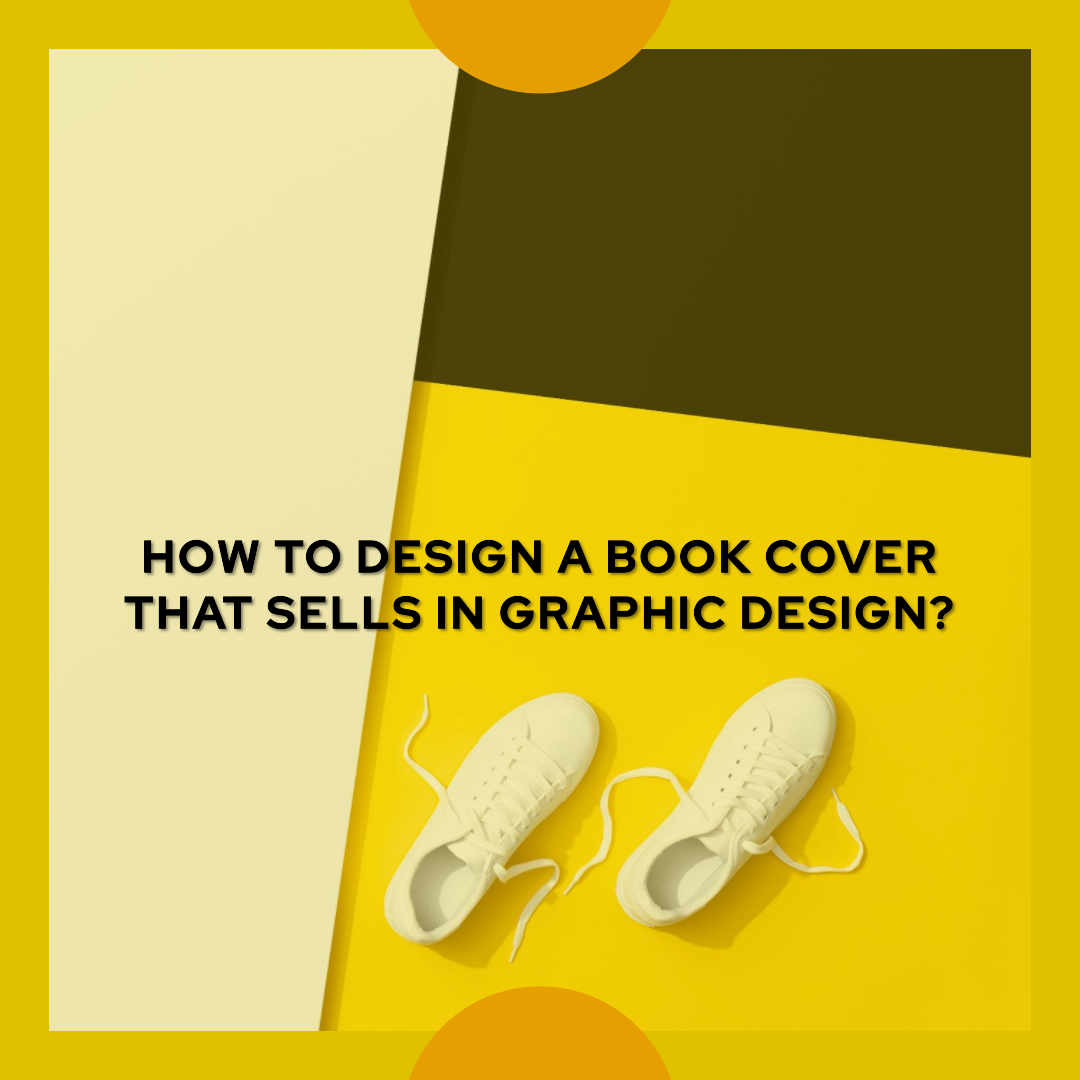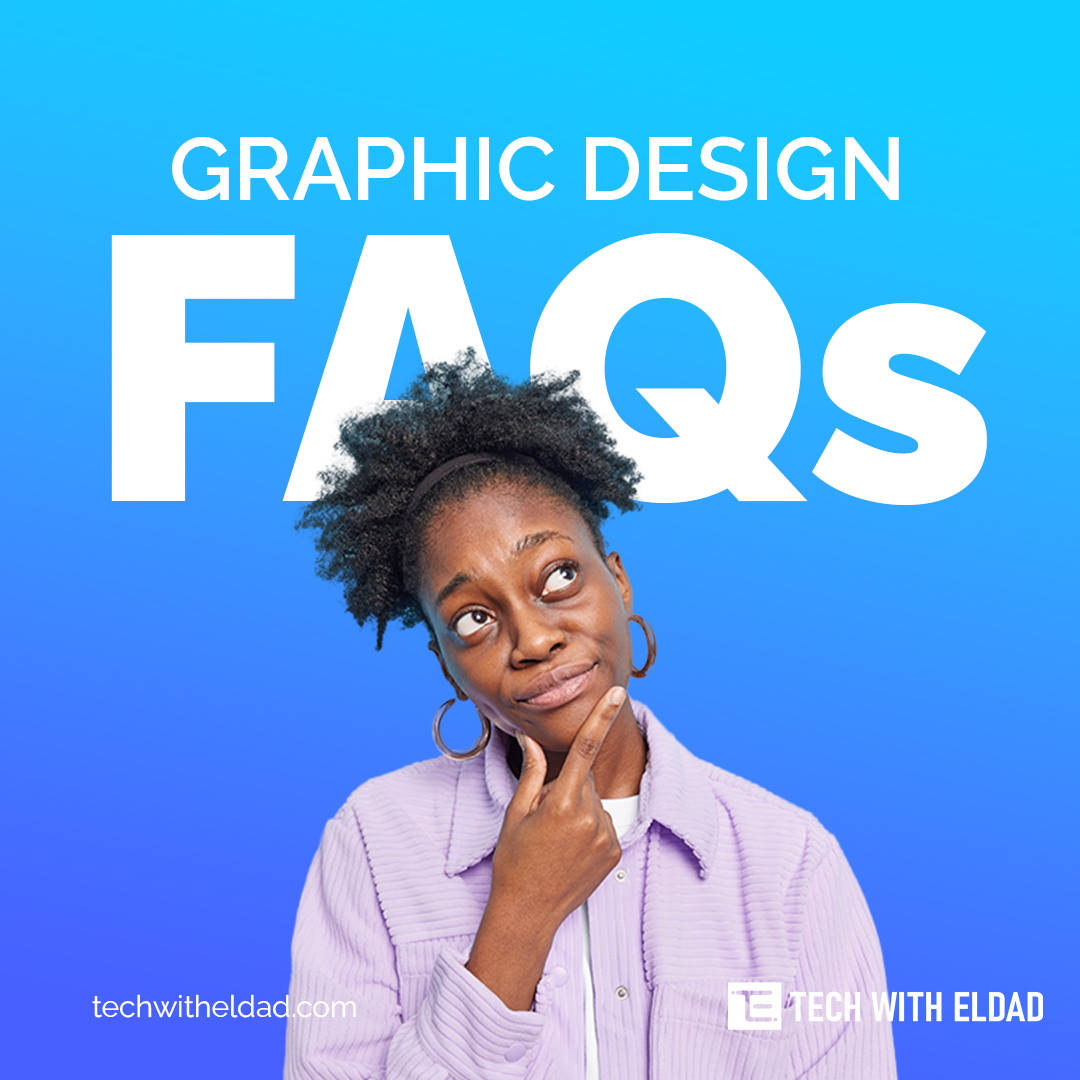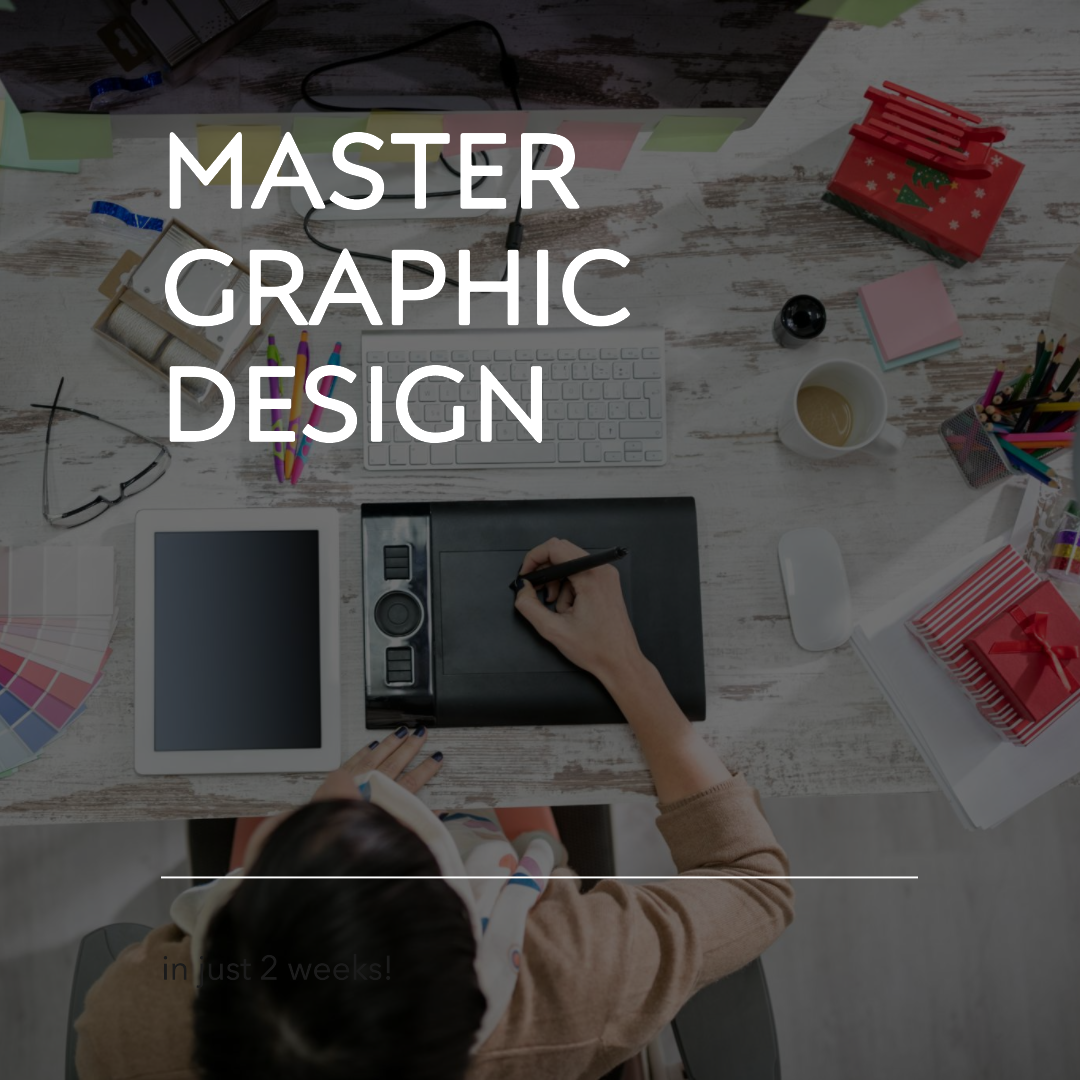How to design a book cover that sells in graphic design?
The First Impression Matters
In the age of digital browsing and online shopping, a book cover is often the first element that potential readers encounter. It’s a tiny thumbnail image, a visual snippet that needs to make a strong impression in a matter of seconds. It needs to pique curiosity, arouse interest, and hint at the story that lies within.
Opens in a new windowwww.abebooks.com
bookshelf with a variety of books with attractive and eyecatching covers
Understanding the Anatomy of a Great Book Cover
A great book cover is a symphony of visual elements, each playing a crucial role in conveying the book’s genre, tone, and overall message. Here are the key components of an effective book cover:
1. Genre Conventions: Each genre has its own set of visual conventions that readers have come to expect. For instance, romance covers often feature soft colors, sweeping gestures, and close-ups of characters, while mystery or thriller covers tend to use darker tones, sharp angles, and suspenseful imagery.
2. Visual Hierarchy: Just like in any other visual composition, hierarchy is essential in book cover design. The most important elements, such as the title and author name, should stand out and be easily recognizable, while supporting elements, such as background imagery or graphic details, should complement the overall composition without overpowering it.
3. Color Psychology: Colors evoke emotions and play a significant role in setting the tone of a book cover. Warm colors like red, orange, and yellow can convey energy, excitement, and passion, while cool colors like blue, green, and purple can suggest tranquility, mystery, or sophistication.
4. Typography: The font choice for a book cover is crucial in conveying the genre and tone of the story. Serif fonts, with their ornate flourishes, can lend a sense of classicism or sophistication, while sans-serif fonts, with their clean lines and simplicity, can suggest modernity or action-packed adventure.
5. Imagery: Whether it’s a photograph, an illustration, or a symbolic element, the imagery on a book cover should be carefully selected to capture the essence of the story and resonate with the target audience. The chosen image should be evocative, thought-provoking, and complementary to the overall design.
Considering the Target Audience
When designing a book cover, it’s essential to consider the target audience. Who are you trying to reach with this book? What are their interests, expectations, and reading preferences? Understanding the demographic and psychographic profile of your target audience will help you make informed decisions about the cover’s style, tone, and imagery.
A/B Testing and Refining
In the world of graphic design, data is a powerful tool. A/B testing, the process of comparing two versions of a design to see which performs better, can be invaluable in optimizing a book cover. By testing different color combinations, font styles, or imagery, you can identify the elements that resonate most with your target audience and refine the cover accordingly.
Examples of Effective Book Cover Design
Opens in a new windowchevron_right
book cover for Pride and Prejudice by Jane Austen
Conclusion
Designing a book cover that sells is an art and a science. It requires a keen understanding of visual storytelling, genre conventions, and the psychology of color, typography, and imagery. By following the principles outlined in this blog article, you can create book covers that capture attention, convey the essence of the story, and entice readers to pick up the book and delve into its pages.








